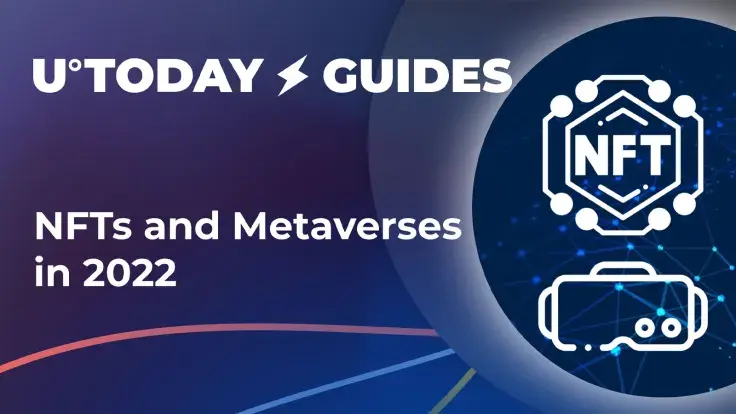
- NFTs and Metaverses in 2022: Is hype over?
- What are NFTs?
- Why are NFTs popular?
- How to create an NFT?
- Top NFT collections in 2022
- Top NFT marketplaces in 2022
- What are Metaverses?
- Why are Metaverses popular?
- Top Metaverse projects: Cryptocurrencies
- Top Metaverse projects: Brands
- Wrapping up: Midterm prospects of NFTs and Metaverses in 2022
As cryptocurrencies are still trapped in a bearish recession, the right moment has come to look at the most overhyped segments in order to evaluate their actual utility and prospects.
Non-fungible tokens (NFTs) and Metaverse platforms were making waves in 2020-2021. Both spheres witnessed enormous inflows of capital from VC teams and retail investors. However, amid Crypto Winter, many of them are having a tough time.
NFTs and Metaverses in 2022: Is hype over?
The spheres of NFTs and Metaverses were among the hottest in Crypto Twitter in 2021. With record-breaking sales of Beeple’s artwork and rocketing releases of Bored Apes, Mutant Apes, Crypto Punks and Azukis, it looked like all VC/IDO capital in crypto is injected in NFTs and Metaverses.
In 2022, the dust settled, and it looks like interest in NFTs and Metaverses is not as strong any longer. But is that true?
- Non-fungible tokens, or NFTs, should be considered a subclass of cryptocurrencies (blockchain-based tokens) with unique features; typically, they are associated with unique digital content;
- Metaverse is a digital space (virtual world) with elements of AR/VR and an immersive experience; crypto tokens are often used as key elements of Metaverse economics: payment instruments, tokenized entry tickets and so on;
- Major economic metrics (net volume of sales, weekly NFT sales, trading revenue of major marketplaces, number of NFT-associated transactions) dropped by 40-60% from average 2021 levels;
- Ethereum (ETH) remains the dominant blockchain for the NFT and Metaverse segments; OpenSea, Magic Eden and X2Y2 are key marketplaces;
- Decentraland (MANA), Axie Infinity (AXS) and The Sandbox (SAND) are still the most popular Metaverse-centric cryptocurrencies; numerous big names in Web2 tech and other industries also launched their Metaverse ventures.
As such, NFTs and Metaverses will likely remain hot topics in 2022; however, they are set to find new ("serious") use cases beyond tokenized "Mutants" and "Apes."
What are NFTs?
Technically, NFTs, or non-fungible tokens, are blockchain-based assets with a set of unique features. While fungible cryptocurrencies - Bitcoin (BTC), Ethereum (ETH), U.S. Dollar Tether (USDT), etc. - can be exchanged for each other (1 USDT is always equal to 1 USDT, even if they are issued on different blockchains), this does not work for non-fungible tokens (NFTs).
A non-fungible token is the most primitive form of tokenized ownership. It can be better understood as a certificate designed to confirm that this or that crypto user is a legitimate owner of a piece of content - image, video, song or even article. Once a crypto user obtains an NFT, it might be interpreted as: "Hereby it is declared that the account 0xa1b2c3… owns RareBird.jpeg starting from block 123456, which is verified by the Ethereum (ETH) blockchain."
As such, this technology introduces an intuitive, inclusive and tamper-proof instrument of ownership verification. However, it is not entirely decentralized: typically, the file associated with this or that NFT is stored on a centralized server.
Why are NFTs popular?
First, due to enormous hype and capital inflows, the segment of NFTs has become very attractive to retail and institutional investors. After the first multi-million sales, many started treating them as slot machines, just trying to buy the next series of "Apes" low and sell high. That is why many Web3 teams switched to the production of endless copycats of the most popular collections.
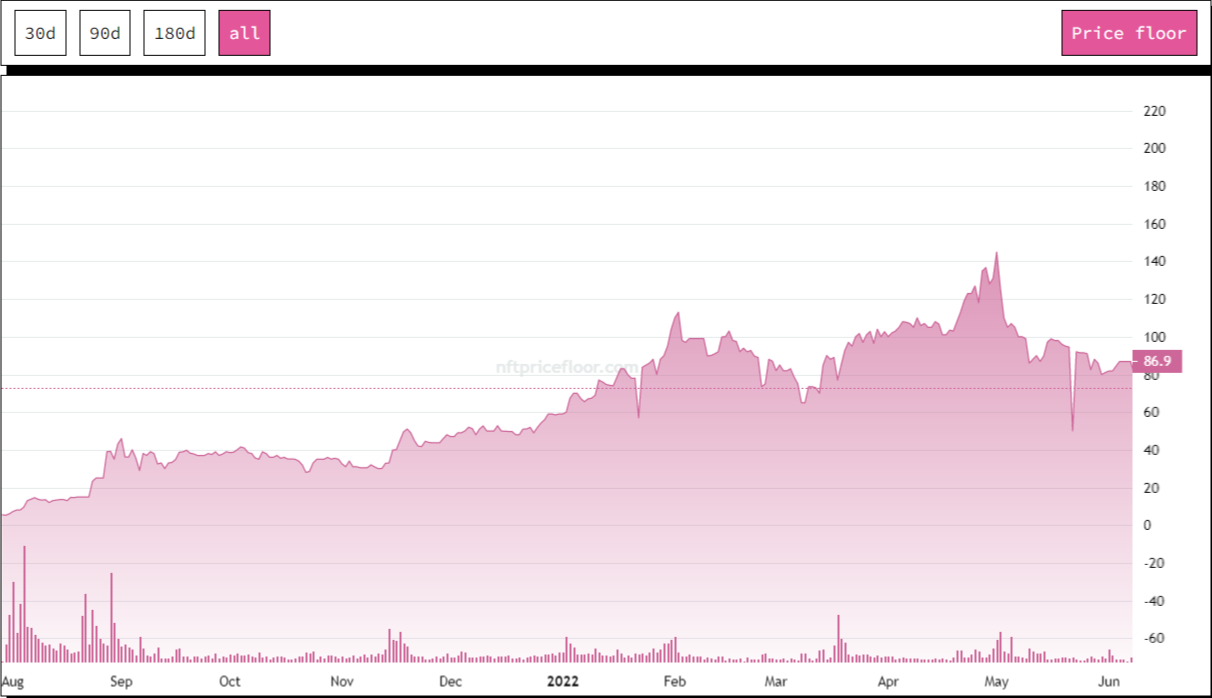
Then, the NFT-centric model is very democratic and inclusive: it allows every crypto user to express himself/herself as a digital artist, trader or commissioner. With NFTs, every Internet user can buy and sell digital art, and create his/her own token collection. Largely, these opportunities were unavailable for participants in Web2 systems.
Last but not least, the most expensive NFTs - as well as the tokens issued by big names in the luxury industry - can be used to demonstrate one's status, well-being and living the "high life."
How to create an NFT?
Largely, non-fungible tokens (NFT) are being issued on the top of Ethereum (ETH), the largest smart contracts platform. Technically, they are ERC-721 tokens, Ethereum-based tokens that use a standard different from the ERC-20 design of fungible tokens. Tech-savvy users familiar with programming can build a new ERC-721 token using Metamask wallet, a Remix-integrated developer environment (IDE) and OpenZeppelin's collection of ready-made contracts. Developers can integrate code from OpenZeppelin, customize and deploy it through Remix and see it in Etherscan.
As non-fungible tokens gained traction in 2021, a number of platforms started offering a no-code NFTs creating service. For instance, on Mintable, users can create and offer NFT collections using only Metamask. Mintable clients can just upload their content, and the system checks its authenticity and uniqueness, turning this content into NFTs. Users are charged with minting fees, however, gasless options are also available.
Top NFT collections in 2022
The NFT segment made headlines due to its flagship collections. In 2021, its "floor prices" (basic prices for auctions) added thousands of percent in a matter of weeks. Here is what happened to them in 2022.
Bored Ape Yacht Club
Bored Ape Yacht Club (BAYC), also called Bored Apes or Bored Ape, is the most popular NFT collection on Ethereum (ETH). The project was launched by seasoned software developers from Yuga Labs in April 2021. Greg Solano, Wylie Aronow, Nicole Muniz and two anonymous developers were the earliest key figureheads of BAYC.
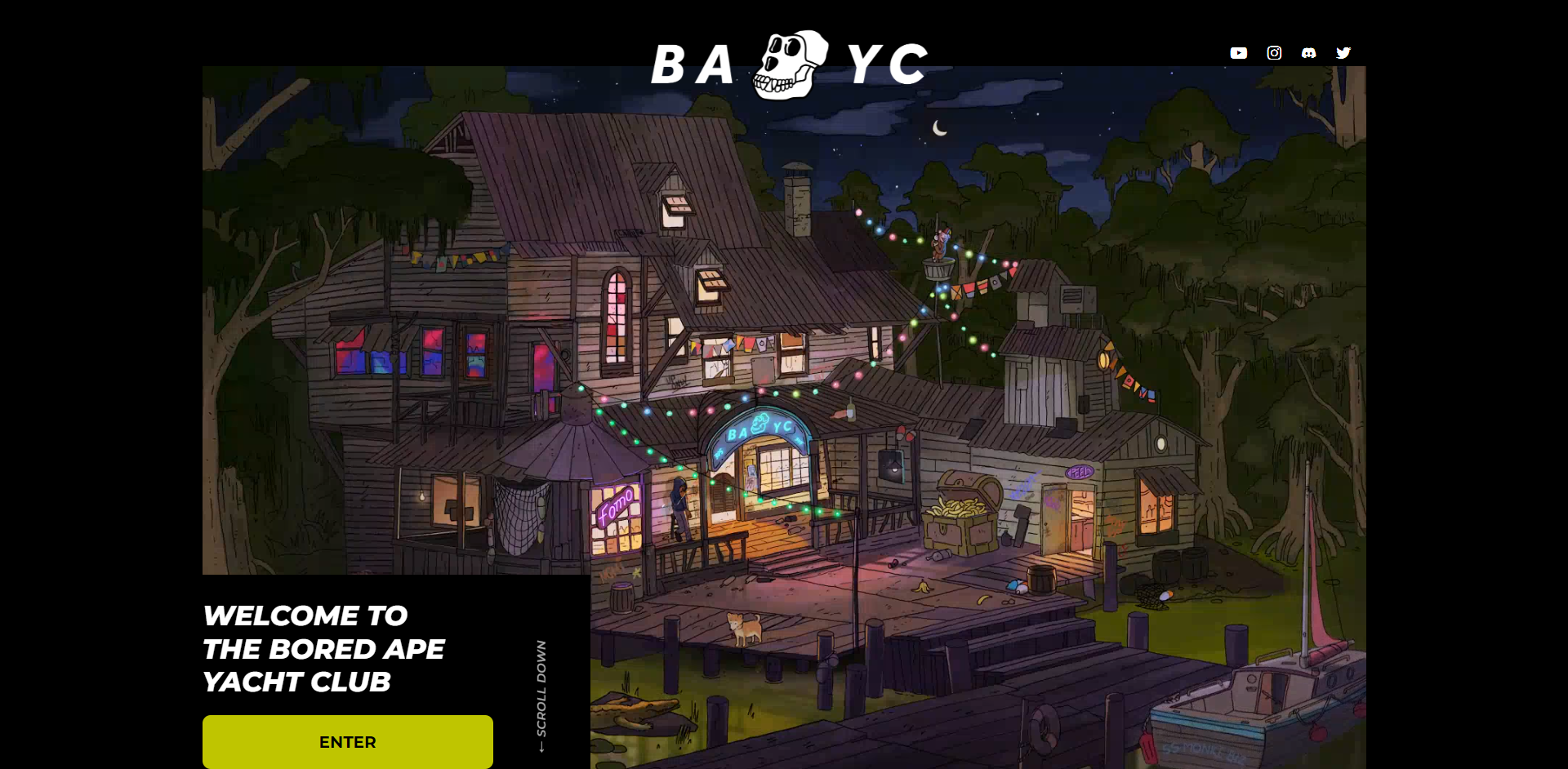
The collection itself displays various apes with fancy looks; all tokenized pictures in BAYC are AI-generated. Owning a BAYC token unlocks the opportunity to join closed elite clubs with online and in-person events; all IP rights for the content are possessed by token holders.
As of 2022, BAYC sales have totaled over $1 billion. Jimmy Fallon, Snoop Dogg, Eminem and Madonna proudly own Bored Apes. In March 2022, BAYC contributors and supporters introduced ApeCoin DAO and its native coin, APE.
Crypto Punks
Crypto Punks is the earliest mainstream NFT collection, introduced in June 2017 by Canadian software developers Matt Hall and John Watkinson (Larva Labs studio). The project was inspired by cyberpunk aesthetics, the London punk scene and electronic music.

In all, there are 10,000 unique CryptoPunks NFTs (6,039 male and 3,840 female). Just like BAYC, the images are AI-generated; the collection features Humans, Zombies, Apes and Alien characters. Every token has 87 different characteristics besides character type: there are no two similar Crypto Punks in the collection.
In March 2022, it was announced that BAYC developers Yuga Labs quietly acquired all IP rights for Crypto Punks NFTs. Both parties avoided disclosing the sum of the largest M&A in Web3. At the same time, the entirety of commercial rights to the Punks belongs to their owners.
Otherdeed for Otherside
Otherdeed for Otherside represents a different subclass of NFTs, i.e., tokenized cards necessary to enjoy the Metaverse experience in Otherside virtual world. There have been 100, 000 items minted, each representing a card with a surrealistic image. Seven of them are offered for 1,000+ Ethers.
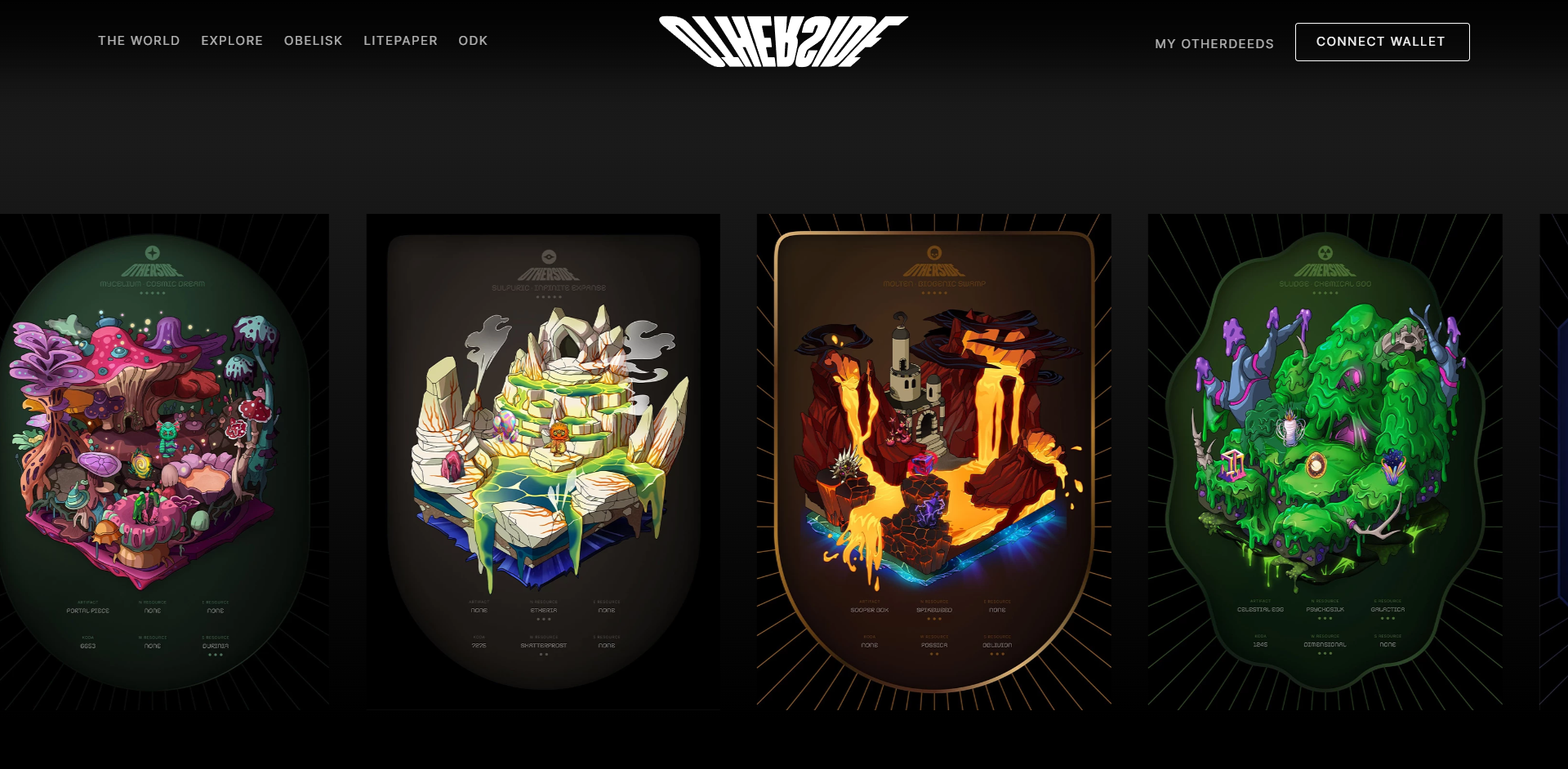
Initially, Othersides were launched in April 2022 as tokenized representations of parcels of in-game land. Otherside is a "side project" of Bored Apes creator Yuga Labs.
Top NFT marketplaces in 2022
Non-fungible tokens are typically sold via marketplaces that allow traders to buy/sell their holdings in an Amazon-like manner. Also, some NFT marketplaces (e.g., Mintable) have built-in token minting modules.
OpenSea
Launched in early 2017 by Alex Atallah and Devin Finzer, OpenSea is among the first mainstream NFT marketplaces in Web3. OpenSea remains the core marketplace for the global NFT ecosystem: it is the tech basis for all major collections and producers.
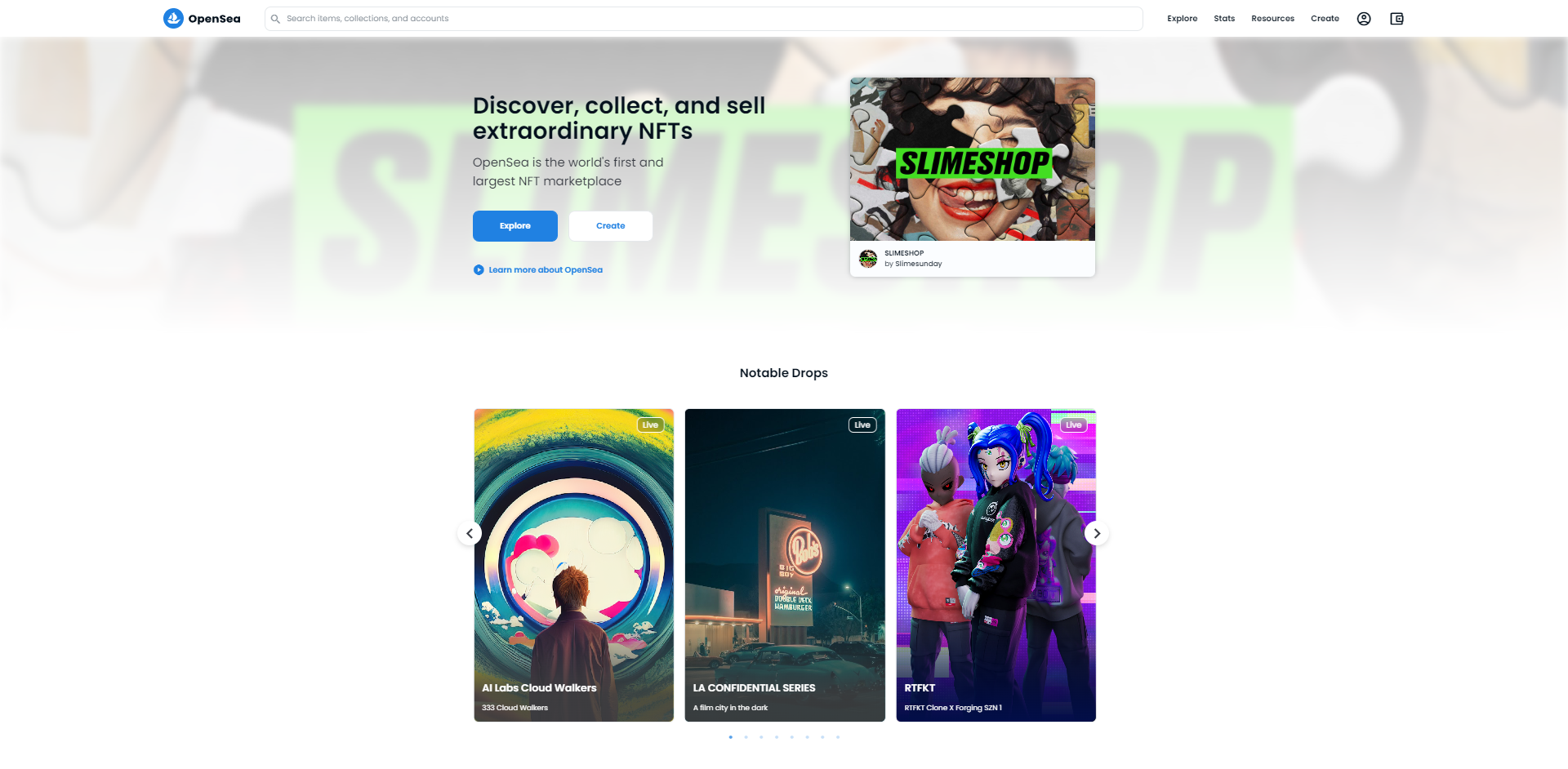
OpenSea is very popular thanks to its intuitive interface and clear design. Also, it supports a variety of blockchains (Ethereum, Polygon, Solana, Klaytn) and numerous digital collectibles standards (from "regular" ERC-721 to semi-fungible ERC-1155 tokens accepted in Metaverses and on-chain games).
OpenSea only charges its users with 2.5% seller fees and zero buyer fees. In its five-year-long history, OpenSea has never been hacked. However, NFT enthusiasts criticize it for its absence of fiat-based payment methods and small royalty payments.
Magic Eden
Magic Eden is the first attempt to build a mainstream NFT marketplace on the Solana (SOL) blockchain. Magic Eden was introduced by Coinbase, FTX and Uber Eats veterans in 2021. In March-July 2022, Magic Eden raised over $157 million in two rounds led by VC heavyweights. Its valuation is over $1.6 billion: Magic Eden is one of the newest Web3 unicorns.
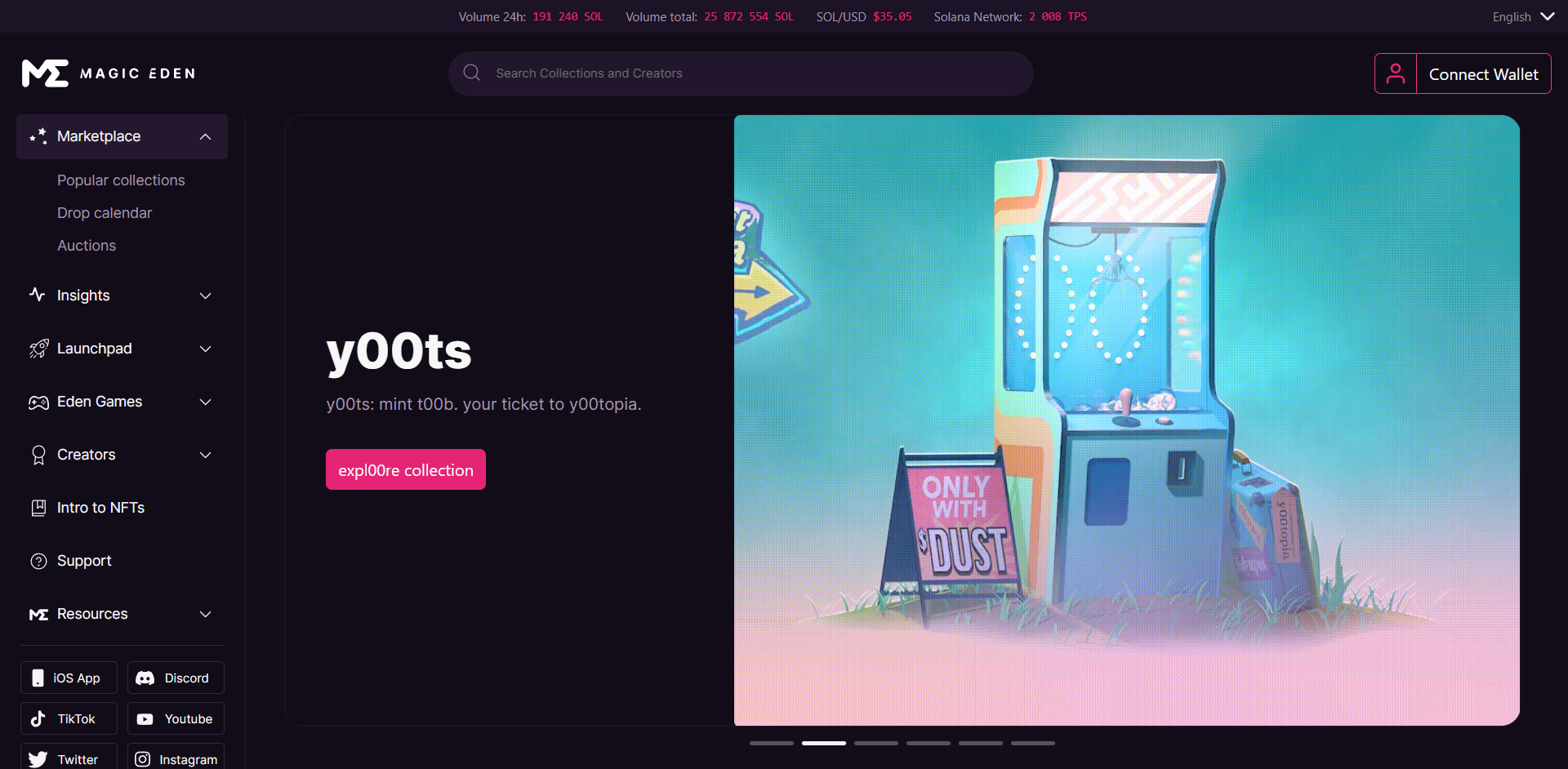
As of Q3, 2022, Magic Eden is responsible for 97-99% of Solana (SOL) NFTs. On Aug. 3, 2022, its team shared an announcement regarding expansion to Ethereum (ETH).
X2Y2
X2Y2 is a new-gen alternative to OpenSea. It was launched in February 2022 with a focus on the OpenSea audience: X2Y2 utility and governance tokens were airdropped to those who transacted on the largest marketplace in Q4, 2021. Besides this "vampire attack" on OpenSea, X2Y2 introduced a number of interesting crypto-economical concepts.
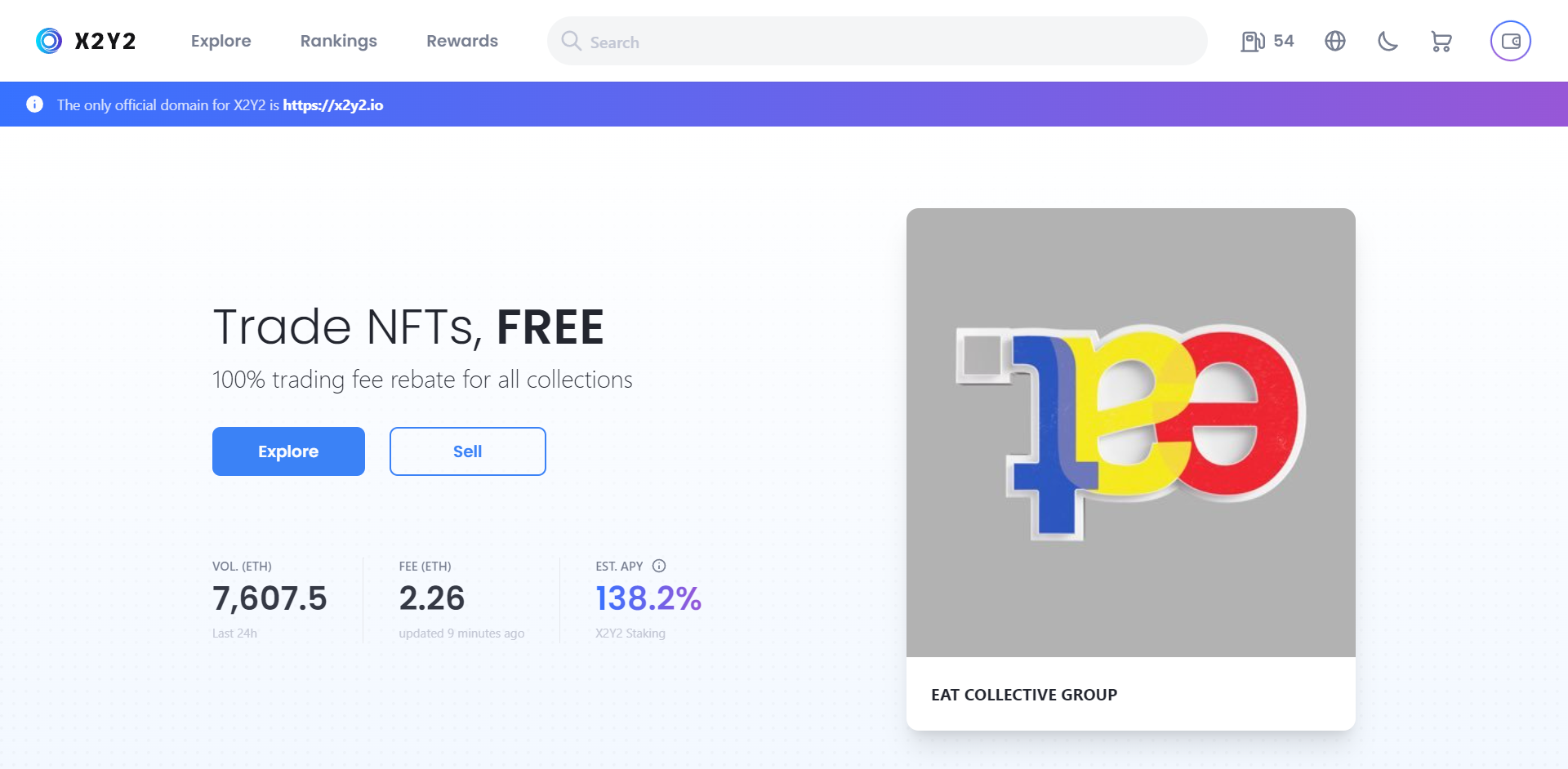
Namely, X2Y2 is the only NFT marketplace with a profit-sharing mechanism that makes earning processes in Web3 more democratic. Also, to allow its clients to reduce their transactional expenses, X2Y2 allows them to buy/sell NFTs in "bulk transactions'' and pay for one transaction instead of many.
What are Metaverses?
Metaverse is an integral class of virtual reality platforms that emulate real-life experiences in the online world. Unlike 3D strategies, Metaverses typically mimic "serious" elements of real-word infrastructure and their usage: shopping, schooling, building and so on. However, some high-end games market themselves as Metaverses as well.
The term "Metaverse" itself was coined by Neal Stephenson in his 1992 novel Snow Crash. From 2021-2022, journalists and enthusiasts started to use "Metaverse" for various immersive social interaction platforms in Web3, a decentralized iteration of the Internet.
Integration of cryptocurrencies as payment methods or governance instruments is yet another essential element of Metaverses. That is why Metaverse-themed projects are in the spotlight for the global cryptocurrencies community.
Why are Metaverses popular?
Metaverses became increasingly popular due to a combination of catalysts. First is the profitability of Metaverse-associated tokens (see below). Axie Infinity’s AXS, Decentraland’s MANA and Metaverse tokens with lower capitalizations (ILV, ALICE, YGG) were rocketing thousands of percent in a matter of weeks.
Then, the hype around Metaverses is partially caused by previous manias, i.e., the DeFi, NFT and GameFi euphorias. As Metaverses, the GameFi and NFT concepts are deeply interconnected with each other, and many enthusiasts decided to join all these movements.
Last but not least, super-aggressive shilling by brands and influencers also contributed to the Metaverse mania. Nearly every big name in tech and fashion shared announcing the "opening" of this or that Metaverse.
Top Metaverse projects: Cryptocurrencies
In this review, we will mention the Metaverse projects that were initially built around cryptocurrencies, and three major Metaverse venues of well-known brands inspired by the 2021 euphoria.
Decentraland (MANA)
Activated in public mainnet in February 2020, Decentraland (MANA) is the first-ever successful Metaverse project that accomplished mainstream adoption. It is launched on the top of the Ethereum (ETH) mainnet and is helmed by the Decentraland Foundation nonprofit. In 2017, it secured $26 million through an ICO.
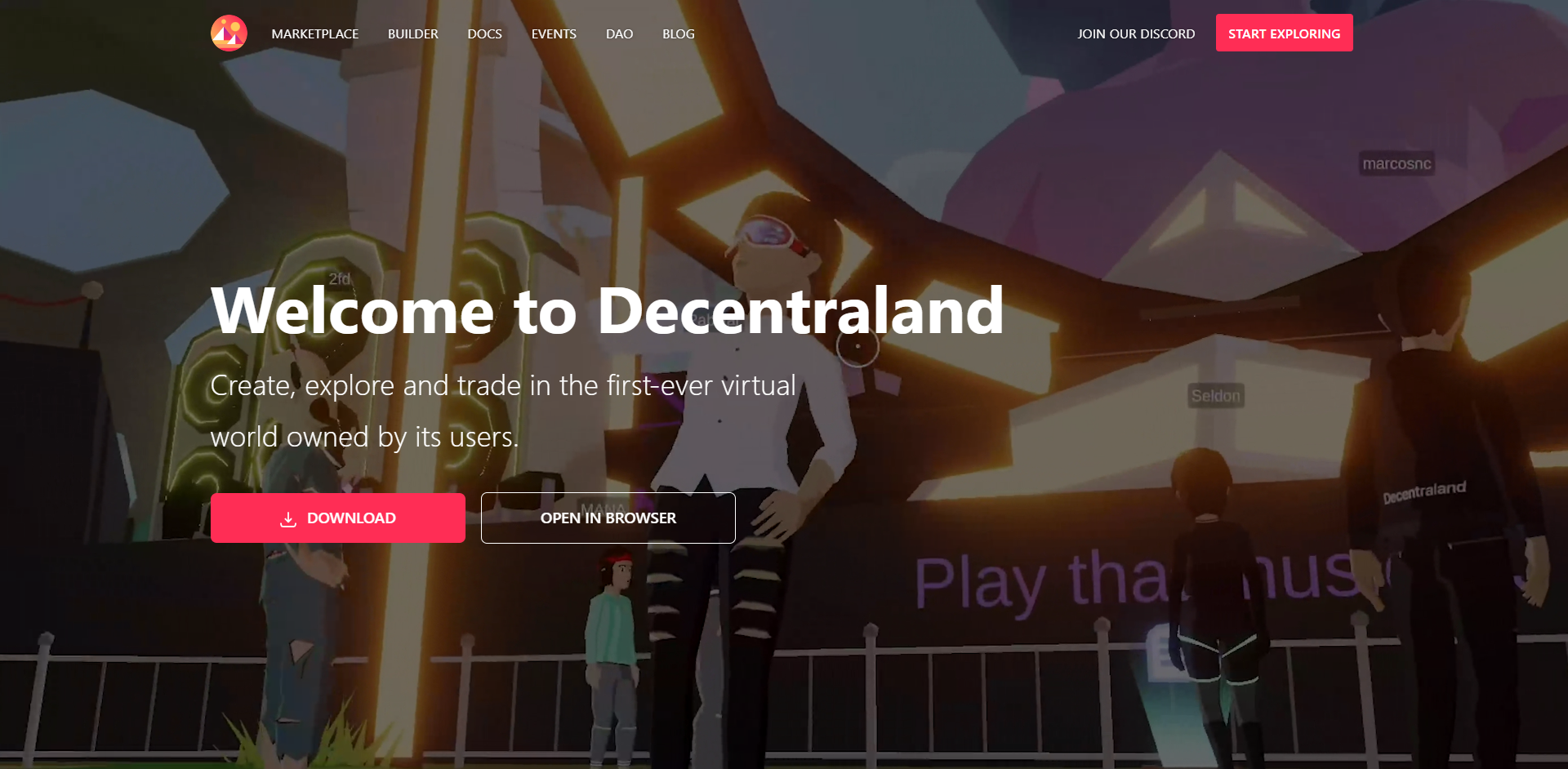
Decentraland (MANA) is a 3D virtual world where everyone can buy a parcel of land to organize an event and interact with other gamers. Also, there is an ecosystem of in-game property available to rich customers.
Sotheby’s held its first virtual auction in Decentraland (MANA) Metaverse, while March 2022's Metaverse Fashion Week saw the participation of Dolce & Gabbana, Tommy Hilfiger, Estee Lauder and other big brands. Also, some major artists - including Grimes - held concerts in Decentraland (MANA).
Axie Infinity (AXS)
Unlike Decentraland (MANA), Axie Infinity (AXS) looks more like a 3D game with integrated NFT-centric mechanisms. It was unveiled by Vietnamese software development studio Sky Mavis in 2018.
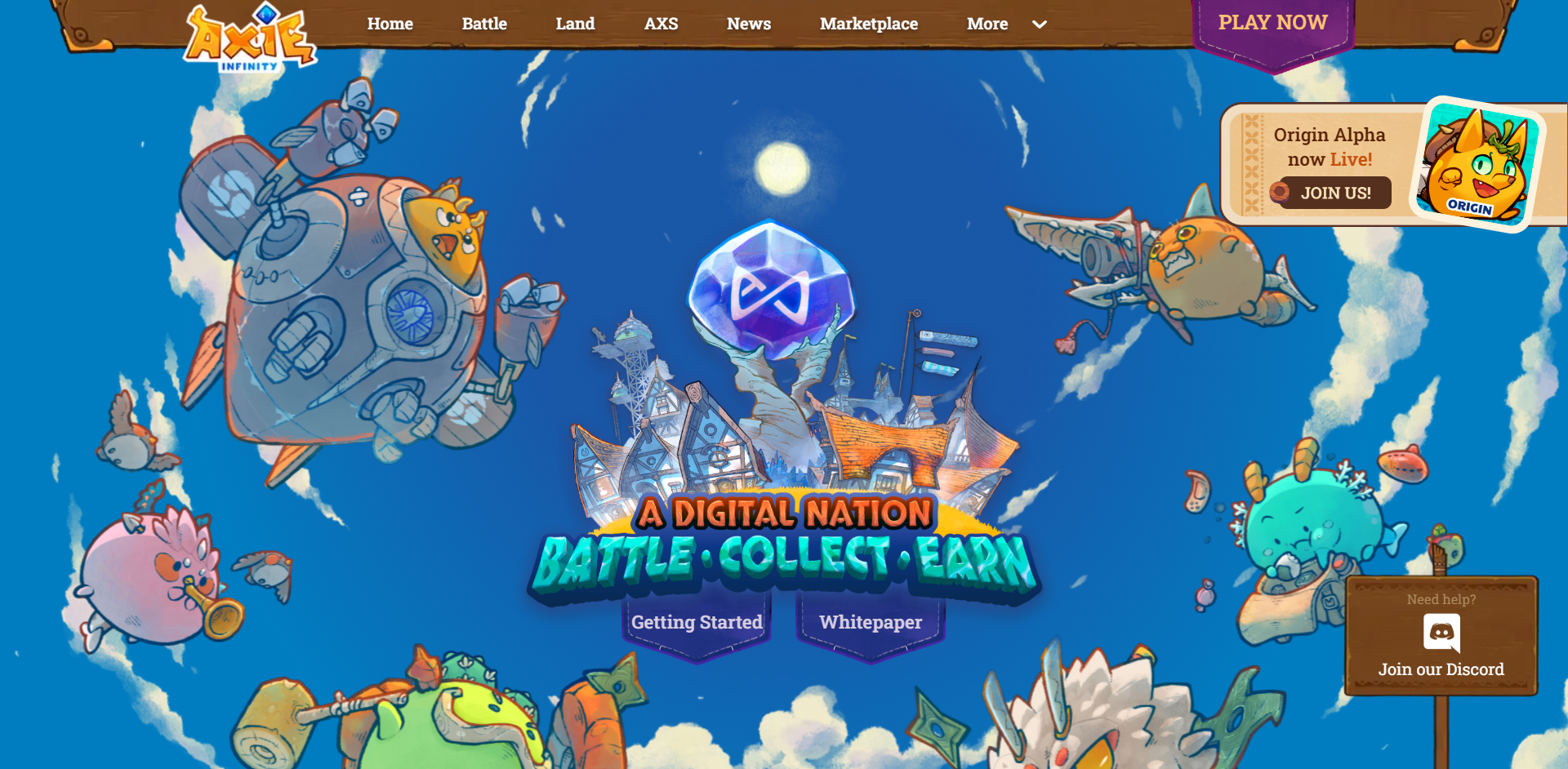
In Axie Infinity (AXS), players buy and pet fictional axolotls ("axies") to use in battles with each other. Every in-app trade is charged a 4.25% commission by Sky Mavis. The game uses two tokens - AXS and SLP - and leverages its own sidechain, Ronin Network.
Despite global adoption, the majority of Axie Infinity players are from the Philippines: they grow "axies" on behalf of their bosses.
As covered by U.Today previously, when the first phase of euphoria around Metaverses vanished, the median "income" of professional Axie Infinity players dropped below that of McDonald's full-time workers.
The Sandbox (SAND)
The Sandbox (SAND) takes its origin from the 2012 mobile game for iOS and Android-based devices. In 2018, its developer, Pixowl, was acquired by Animoca Brands, the largest play-to-earn and NFT heavyweight of Web3. In 2020, it raised $4.5 million in two funding rounds led by Hashed in order to migrate to the 3D blockchain-based gaming ecosystem.
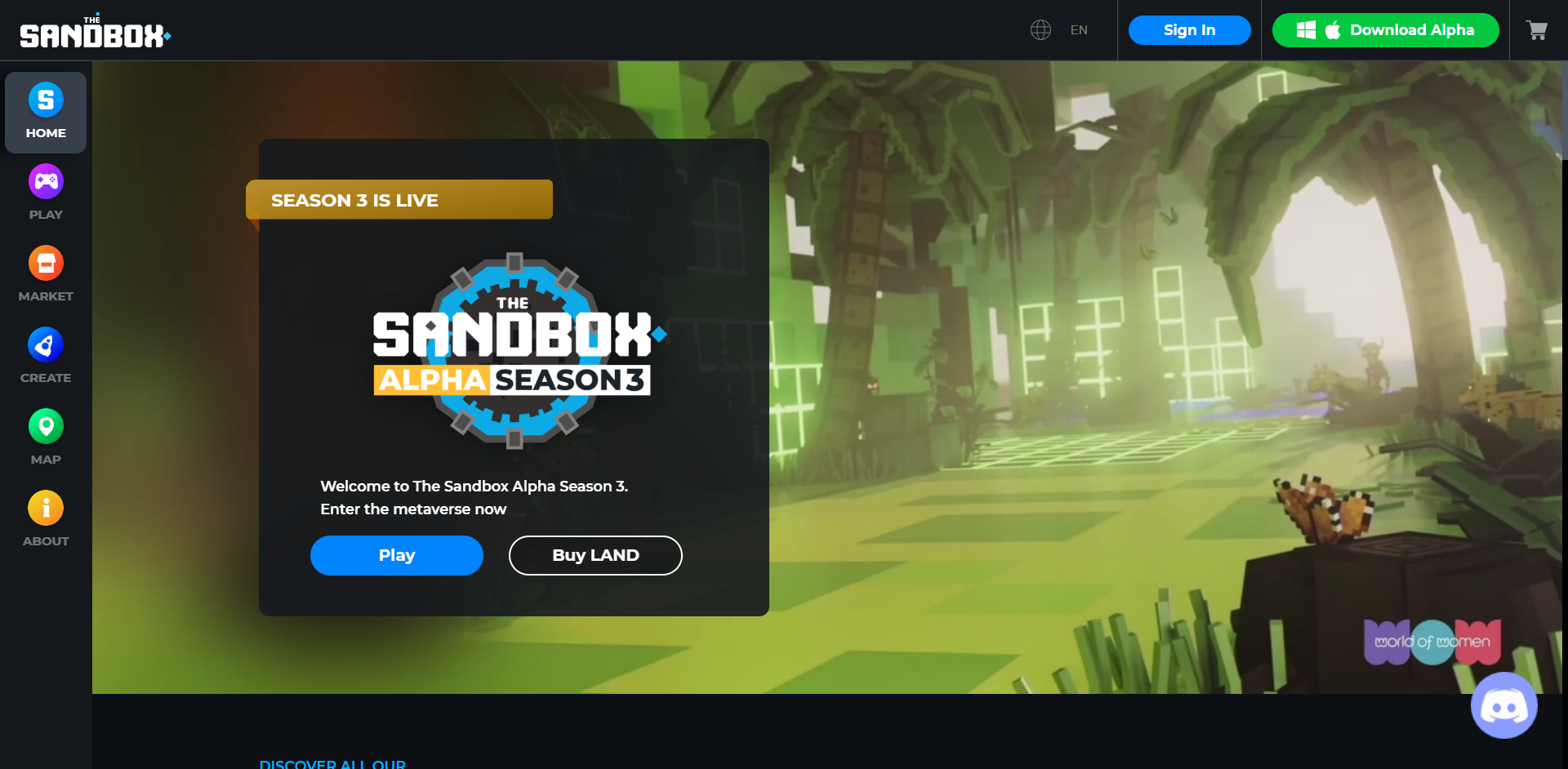
The beta version of The Sandbox (SAND) was unveiled in April 2021, while the first iteration of its alpha was made public in November 2021. It scored an array of partnerships with celebrities, including the likes of Snoop Dogg: big gaming titles, actors and brands are offering various activities to The Sandbox (SAND) visitors.
The third season of The Sandbox Alpha launched on Aug. 24, 2022, with over 90 experiences endorsed by 22 brands and celebrities.
Top Metaverse projects: Brands
Since 2020, numerous big brands in the spheres of tech, fashion, lifestyle, fintech and so on, have jumped onto the Metaverse bandwagon. Largely, they were lured by solid hype and the unparalleled promotion potential unleashed by Metaverse ventures and partnerships.
Meta
Facebook’s rebranding to Meta was among the most overhyped events of the ongoing Metaverse mania. At the same time, Zuckerberg’s bet on Metaverses and NFTs did not result in groundbreaking developments.
So far, Meta’s Metaverse looks like a 2D game from the 1990s. At the same time, besides this product, Meta is focusing on integrating NFT functionality into its flagship services, the Facebook and Instagram social media platforms.
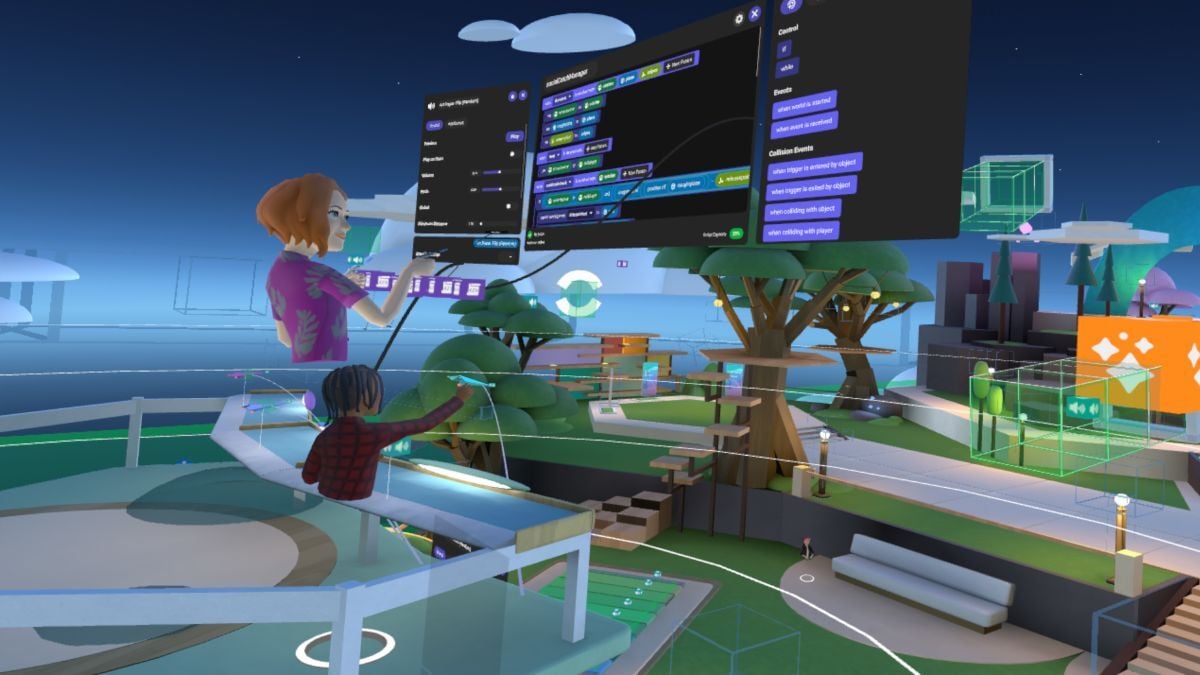
At the same time, the highlighted focus on Metaverse development largely remains a promotional strategy for Meta: despite much hype, its Metaverse bid is very far from achieving anything.
Gucci
Luxury garments brand Gucci is among the first high-end names in global fashion to join the Metaverse euphoria in 2022. Gucci is a long-term partner of virtual game Roblox. In 2021, Roblox hosted a two-week Digital Garden event by Gucci. During this campaign, Gucci sold the virtual version of its bee-embroidered Gucci Dionysus bag (suitable for use in Roblox) for over $4,100.
In March 2022, Gucci opened its permanent residence in Roblox, dubbed Gucci Town. It is set to demonstrate the vision of Gucci creative director Alessandro Michele to the broader public. Also, Gucci has its concept store in The Sandbox, a top-tier Metaverse ecosystem.
Xiaomi
In December 2021, Xiaomi announced that it is ready to join the Metaverse euphoria. It teased interaction with The Sandbox and Decentraland. Xiaomi Redmi Note 11 smartphone was released with instruments designed for 3D experience.
Xiaomi also created the first virtual showroom to demonstrate its production in an immersive and user-friendly way. Namely, it allows Xiaomi fans to visit virtual shops and purchase smartphones, air purifiers, Redmi Buds speakerphones and so on. In terms of marketing, this Metaverse journey targets Gen Z, or so-called "zoomers."
Wrapping up: Midterm prospects of NFTs and Metaverses in 2022
To sum up, both the NFT and Metaverse segments are still trapped in a bearish recession in Q4, 2022. However, their midterm prospects look different for analysts:
- Metaverse-centric tokens witnessed ac80-95% drop of capitalization, while NFT-centric tokens lost 40-60%; this is why the NFT segment has far more potential to recover;
- NFT segment will migrate toward "real-world" use cases instead of entertainment ones; tokenized certificates, proofs-of-attendance (PoAs) and so on will soon replace apes and mutants;
- In the next bullish run, NFT- and Metaverse-centric tokens will again be in the spotlight.
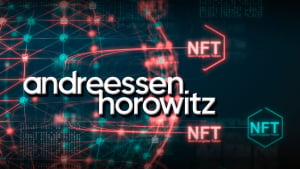
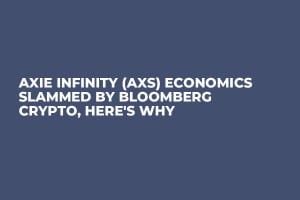
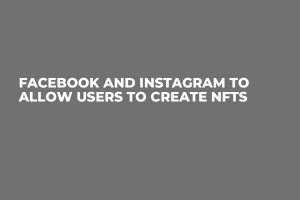
 Godfrey Benjamin
Godfrey Benjamin Gamza Khanzadaev
Gamza Khanzadaev Alex Dovbnya
Alex Dovbnya Arman Shirinyan
Arman Shirinyan